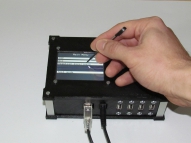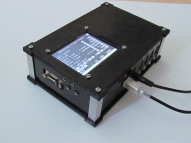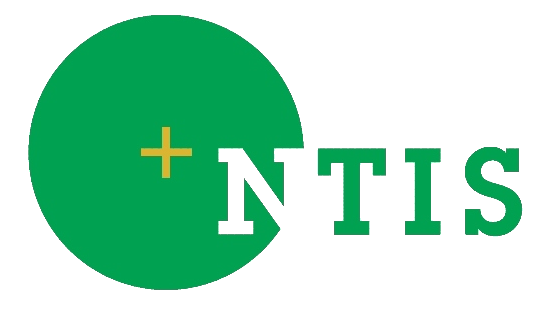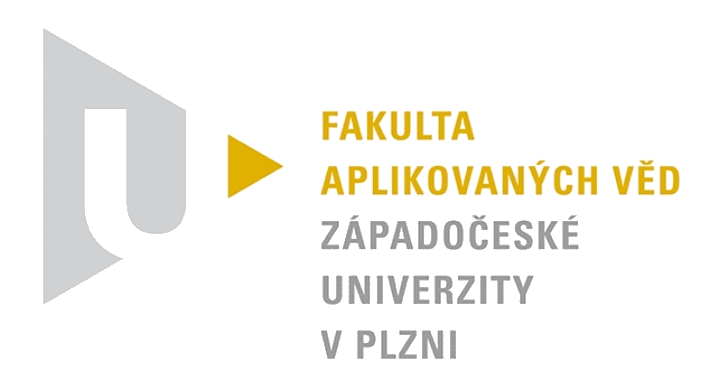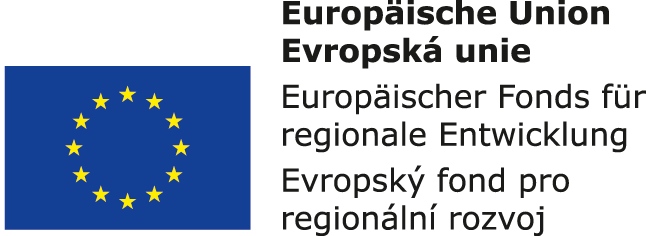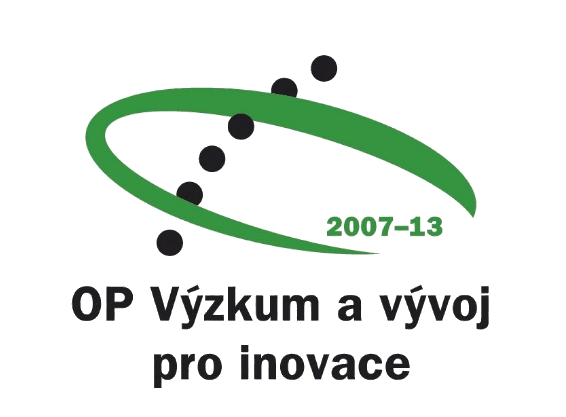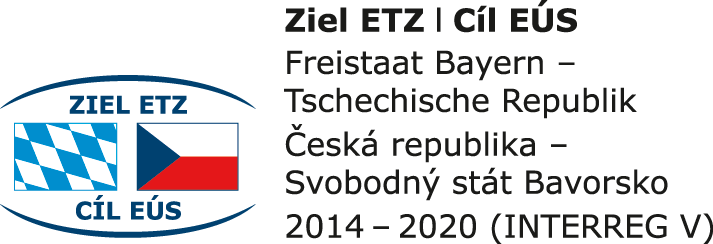Hardware stimulator for cognitive research
Hardware stimulator for cognitive research in neuroscience
Summary
We developed a small portable hardware stimulator for electrophysiological and BCI (brain-computer interface) experiments focused on evoked brain responses to auditory and visual stimuli. It is low cost solution that can be easily connected to EEG equipment through standard communication interfaces.
Advantages and innovations
Current stimulation devices for electrophysiological and BCI experiments are usually closed and proprietary devices supplied with EEG recorders.
Main advantages and innovations of offered HW stimulator are as follows:
- small portable stand-alone device,
- standard communication interfaces connectivity,
- modular and multipurpose device,
- low cost solution for cognitive research,
- equipped with touchscreen display for basic operations,
- includes firmware and optional control software for creating various experiments (visual stimulation by LEDs, audio stimulation by BEEP),
- possibility of simultaneously audio and visual stimulation.
Description
Hardware stimulator for electrophysiological and BCI (brain-computer interface) experiments is focused on evoked brain responses to auditory and visual stimuli. The stimulator is equipped with microcontroller including firmware and optional control software for creating various experiments of visual stimuli, auditory stimuli or combination of both. It works in three modes:
- Sequential stimulation mode - stimuli are presented sequentially respecting their probability, it is eligible for evoking event related potential (ERP)
- Simultaneous stimulation mode - stimuli are presented simultaneously with corresponding frequencies, it is eligible for evoking visual evoked potentials (VEP) and steady-state visual evoked potentials (SSVEPs)
- Stimulation mode with waiting for pressing a response button, it is eligible for experiments that include reaction time measurements.
Visual stimulation outputs can be simple LEDs, LED panels, patterns presented on small LCD displays or any images in a defined format presented on a common LCD monitor. Simple tones of various frequencies and lengths or sounds stored in wav files can be used for auditory stimulation.
The stimulator is portable and can be connected to EEG equipment through standard communication interfaces (e.g. USB).
The further development will focus on:
- new stimulation protocols for brain computer interface,
- support for VEPs standard protocols, generator of beep signals
We are looking for partners
- HW manufacturers interested in buying a license, completing the development of HW stimulator and new product launch.
- Universities and research centers (mainly experimental medicine facilities and electrophysiological research laboratories) interested in further development of offered HW stimulator - new stimulation protocols for brain computer interface, support for VEPs standard protocols, and/or generator of beep signals.
